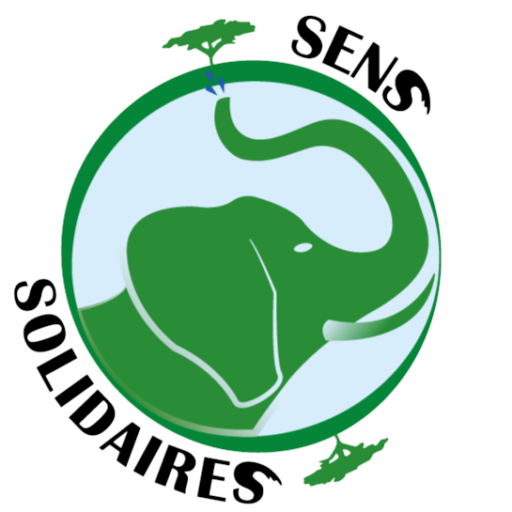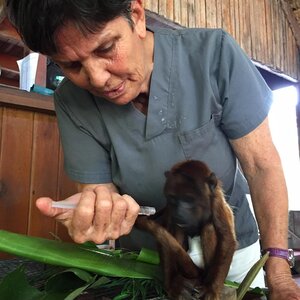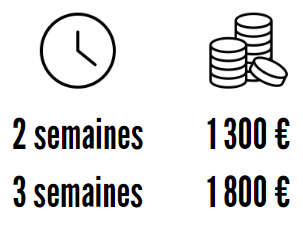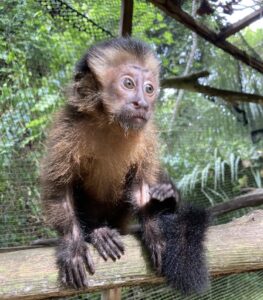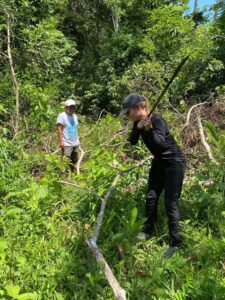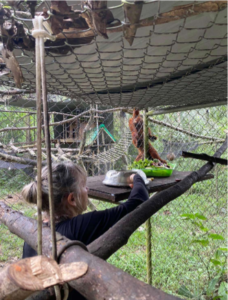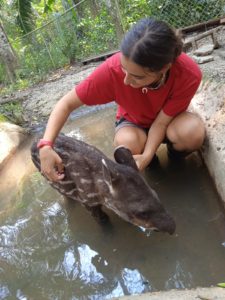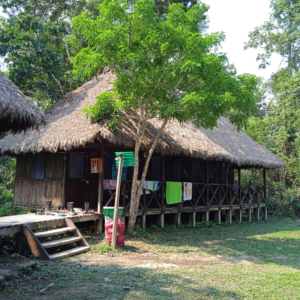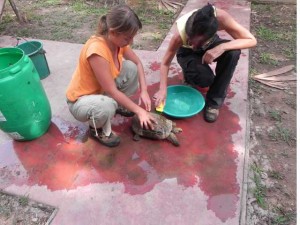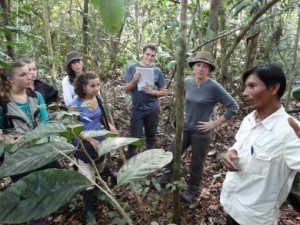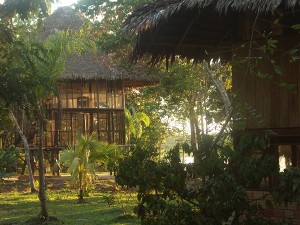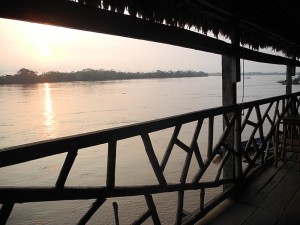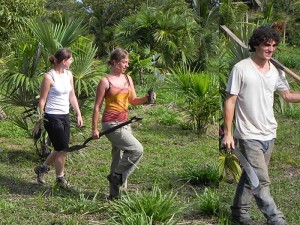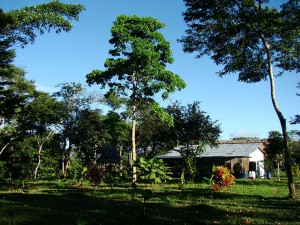Amazon Shelter
The Amazon Shelter wildlife rehabilitation and release center near Puerto Maldonado, Peru, focuses on the conservation of wild populations of woolly monkeys and spider monkeys. At the same time, local communities are being educated about preserving the last animals in the Amazon rainforest.
This site has a semi-freedom rehabilitation center to rehabilitate primates in their natural habitat.
Conservation of aquatic and land turtles in partnership with the National Reserve and indigenous communities. Turtle eggs are collected in July to protect them from various predators. They will wait on the artificial beaches for their release into the national reserve in October.
Amazon Shelter continues its work of planting endangered wild species: white cedars, mahogany, wild fruit trees and palm trees that contribute to the plant and animal biodiversity of the center’s 90 hectares.
